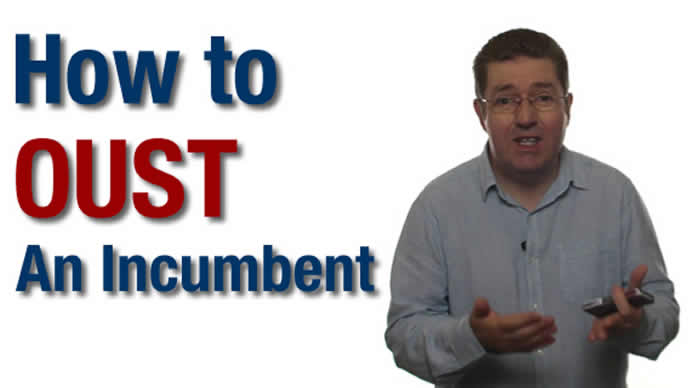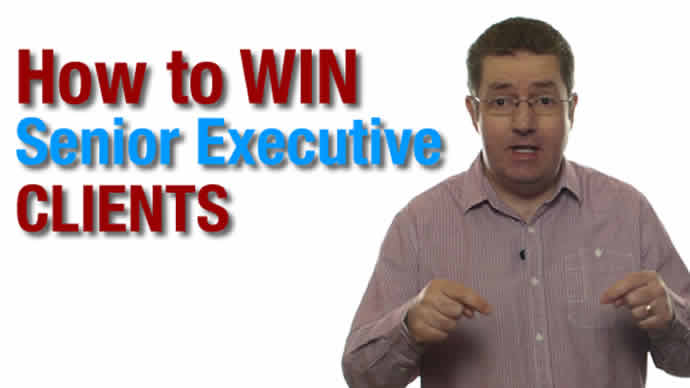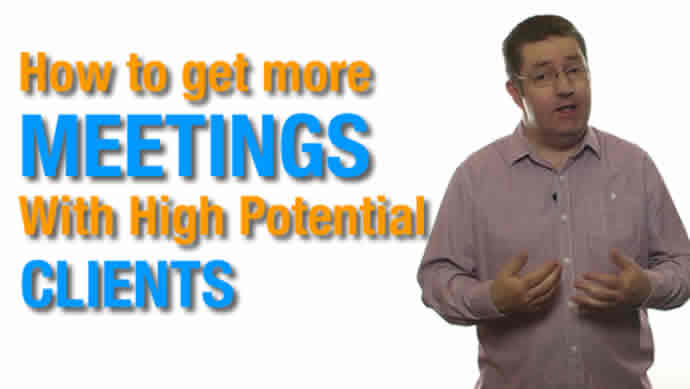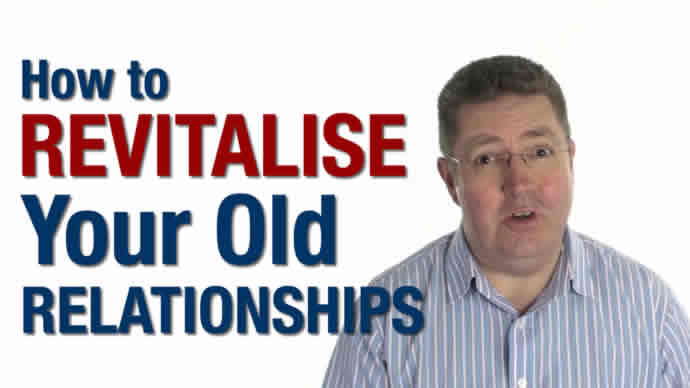More Clients Memorandum
Stop chasing…really
Posted on August 18th, 2013.Have you ever watched one of those romantic comedies where the hero or heroine spends the entire movie chasing after unrequited love, only to discover their true love was right under their nose all the time?
You know the ones. They send them gifts. They do them favours. They put their jobs or reputations on the line for them yet they get nothing back.
A bit clichéd really. And in the real world, sensible people don't really chase potential lovers quite so desperately unless they get some form of reciprocation. Some sign the other person is really interested. Some commitment and action from them too.
But in the world of marketing and selling, we often do chase desperately after potential clients who've shown no real interest in us. And just like the movies, the more we keep chasing the less interested they get.
It rarely turns out well.
Chasing clients. Nagging them to see if they've looked at your proposal. Calling and emailing again and again to see if they'll have a meeting with you.
It's all much more likely to push clients away than to bring them towards you.
No one likes being chased. It makes you feel guilty. And it makes the person doing the chasing look desperate.
And even if you do manage to land the client, it starts your relationship off on absolutely the wrong foot. You're supposed to be an equal partner. A trusted advisor. Not a needy, clingy puppy.
Why do we end up in chase mode?
Desperation I think. If we've only got a handful of leads in our pipeline then we need to land every one we can. So we chase after lost causes. We push potential clients harder than we should because we need something to happen now.
The answer?
Not sales training. Not getting better at closing.
The answer is to have more leads. To not be reliant on that potential client you feel you have to chase.
When you're confident there are genuinely “plenty more fish in the sea” (or plenty more leads in your pipeline) you can let that client who's not responding move on and focus your energy on something more productive.
And the confidence you get will make you better at selling too.
So stop chasing. Start generating more leads.




